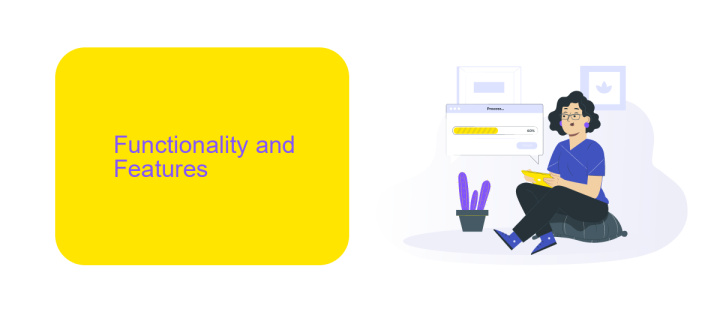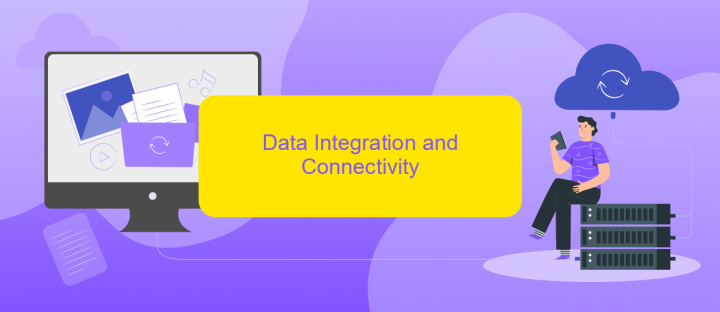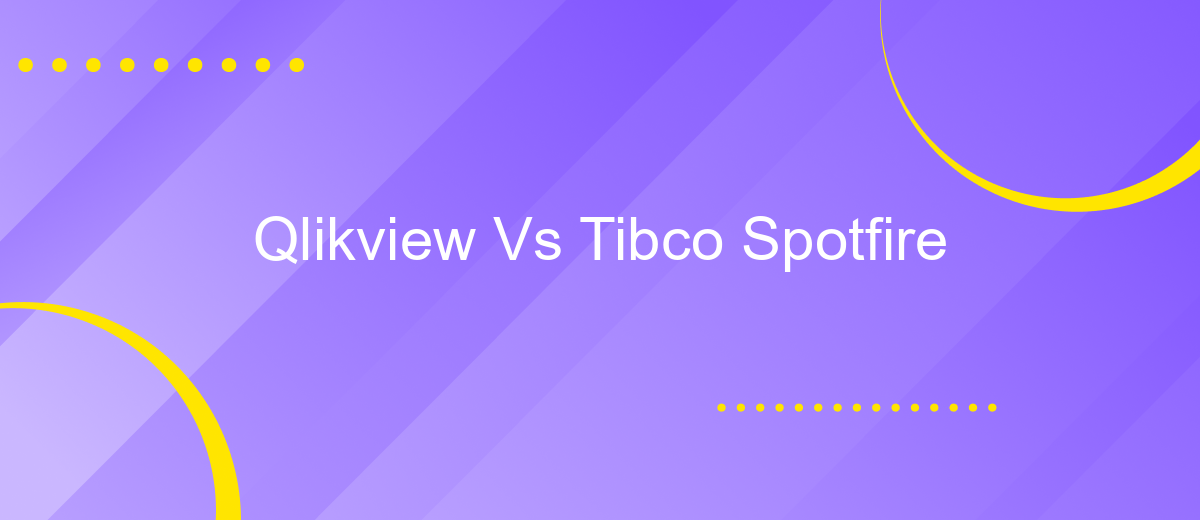Qlikview Vs Tibco Spotfire
When it comes to data visualization and business intelligence tools, QlikView and TIBCO Spotfire are two prominent contenders. Both platforms offer robust features for data analysis, but they cater to different user needs and preferences. This article delves into a comparative analysis of QlikView and TIBCO Spotfire, highlighting their strengths, weaknesses, and ideal use cases to help you make an informed decision.
Introduction
In today's data-driven world, organizations rely heavily on business intelligence (BI) tools to make informed decisions. Two prominent players in this arena are QlikView and Tibco Spotfire. Both platforms offer robust data visualization and analytics capabilities, but they cater to different needs and preferences. This article aims to provide a comprehensive comparison between QlikView and Tibco Spotfire, highlighting their key features, strengths, and potential drawbacks.
- QlikView: Known for its associative data model and user-friendly interface.
- Tibco Spotfire: Renowned for its advanced analytics and real-time data processing.
- Integration Capabilities: Both tools support various integrations, with services like ApiX-Drive simplifying the integration process.
Understanding the nuances of QlikView and Tibco Spotfire is crucial for organizations looking to invest in a BI tool that aligns with their specific requirements. Whether you prioritize ease of use, advanced analytics, or seamless integration, this comparison will help you make an informed decision. Stay tuned as we delve deeper into the features, benefits, and potential limitations of these two powerful BI platforms.
Functionality and Features

QlikView and Tibco Spotfire both offer robust functionality and a wide array of features, catering to diverse business intelligence needs. QlikView excels in data visualization, providing users with powerful associative data indexing and dynamic dashboards. Its unique in-memory processing allows for rapid data analysis and real-time insights. Users appreciate QlikView’s flexibility in customizing visualizations and its ability to handle large datasets efficiently. Additionally, QlikView integrates seamlessly with various data sources, enhancing its versatility.
On the other hand, Tibco Spotfire stands out with its advanced analytics and predictive modeling capabilities. Spotfire offers an intuitive interface that simplifies complex data exploration, making it accessible even for non-technical users. The platform supports a wide range of data formats and integrates effortlessly with third-party applications, including ApiX-Drive, which streamlines data integration processes. Spotfire’s AI-driven recommendations and machine learning models provide deeper insights, empowering businesses to make data-driven decisions. Overall, both tools offer distinct advantages, depending on the specific requirements of the organization.
Data Integration and Connectivity

When it comes to data integration and connectivity, both QlikView and Tibco Spotfire offer robust capabilities to connect with various data sources. QlikView supports a wide range of data sources including databases, spreadsheets, and cloud services, allowing users to integrate data seamlessly into their analytics workflows. Tibco Spotfire, on the other hand, excels with its advanced data connectors and ability to handle real-time data streams, making it highly suitable for dynamic data environments.
- QlikView supports ODBC, OLE DB, and RESTful APIs for data integration.
- Tibco Spotfire offers native connectors for databases like Oracle, SQL Server, and Hadoop.
- Both platforms can integrate with cloud services such as AWS, Google Cloud, and Azure.
For users looking to streamline their data integration process further, services like ApiX-Drive can be invaluable. ApiX-Drive simplifies the setup of integrations between various applications and data sources, ensuring that data flows smoothly and efficiently into your analytics platform. This can be particularly useful for businesses with complex data ecosystems, providing a more automated and less error-prone integration experience.
User Interface and Visualization

When it comes to user interface and visualization, QlikView and Tibco Spotfire offer distinct experiences. QlikView is known for its highly customizable dashboards, allowing users to create personalized reports and visualizations. The interface is designed to be intuitive, making it easier for users to navigate through large datasets and derive meaningful insights.
On the other hand, Tibco Spotfire excels in providing advanced visualization capabilities. The platform supports a wide range of chart types and interactive visualizations, which can be easily modified and customized. Spotfire's interface is user-friendly and designed to facilitate quick data exploration and discovery.
- QlikView: Highly customizable dashboards
- Tibco Spotfire: Advanced and interactive visualizations
- QlikView: Intuitive interface for large datasets
- Tibco Spotfire: User-friendly and quick data exploration
Both platforms offer robust visualization tools, but the choice between QlikView and Tibco Spotfire ultimately depends on user needs. If you require extensive customization, QlikView may be the better option. However, for advanced visualizations and ease of use, Tibco Spotfire stands out. Users can also enhance their data integration capabilities using services like ApiX-Drive, which streamline the process of connecting various data sources.
Pricing and Licensing
When it comes to pricing and licensing, QlikView and Tibco Spotfire offer different models to cater to various business needs. QlikView operates on a subscription-based model, with options for both annual and monthly payments. This allows businesses to scale their usage according to their requirements. Additionally, QlikView offers a free trial period, which is beneficial for organizations wanting to test the software before committing. On the other hand, Tibco Spotfire uses a more flexible pricing structure, including both subscription and perpetual licensing options. This can be more cost-effective for businesses looking for long-term solutions.
Both platforms also offer various add-ons and integration capabilities. For instance, QlikView and Tibco Spotfire can be integrated with multiple data sources and third-party applications to enhance functionality. Services like ApiX-Drive can simplify these integrations, allowing for seamless data flow between different systems. ApiX-Drive supports a wide range of applications, making it easier for businesses to automate workflows and improve efficiency. This flexibility in integration and licensing makes both QlikView and Tibco Spotfire viable options for businesses of all sizes.


FAQ
What are the main differences between QlikView and Tibco Spotfire?
Which tool is better for real-time data analysis?
How do QlikView and Tibco Spotfire handle data visualization?
What kind of support and community resources are available for QlikView and Tibco Spotfire?
Can QlikView and Tibco Spotfire be integrated with other software systems easily?
Routine tasks take a lot of time from employees? Do they burn out, do not have enough working day for the main duties and important things? Do you understand that the only way out of this situation in modern realities is automation? Try Apix-Drive for free and make sure that the online connector in 5 minutes of setting up integration will remove a significant part of the routine from your life and free up time for you and your employees.

